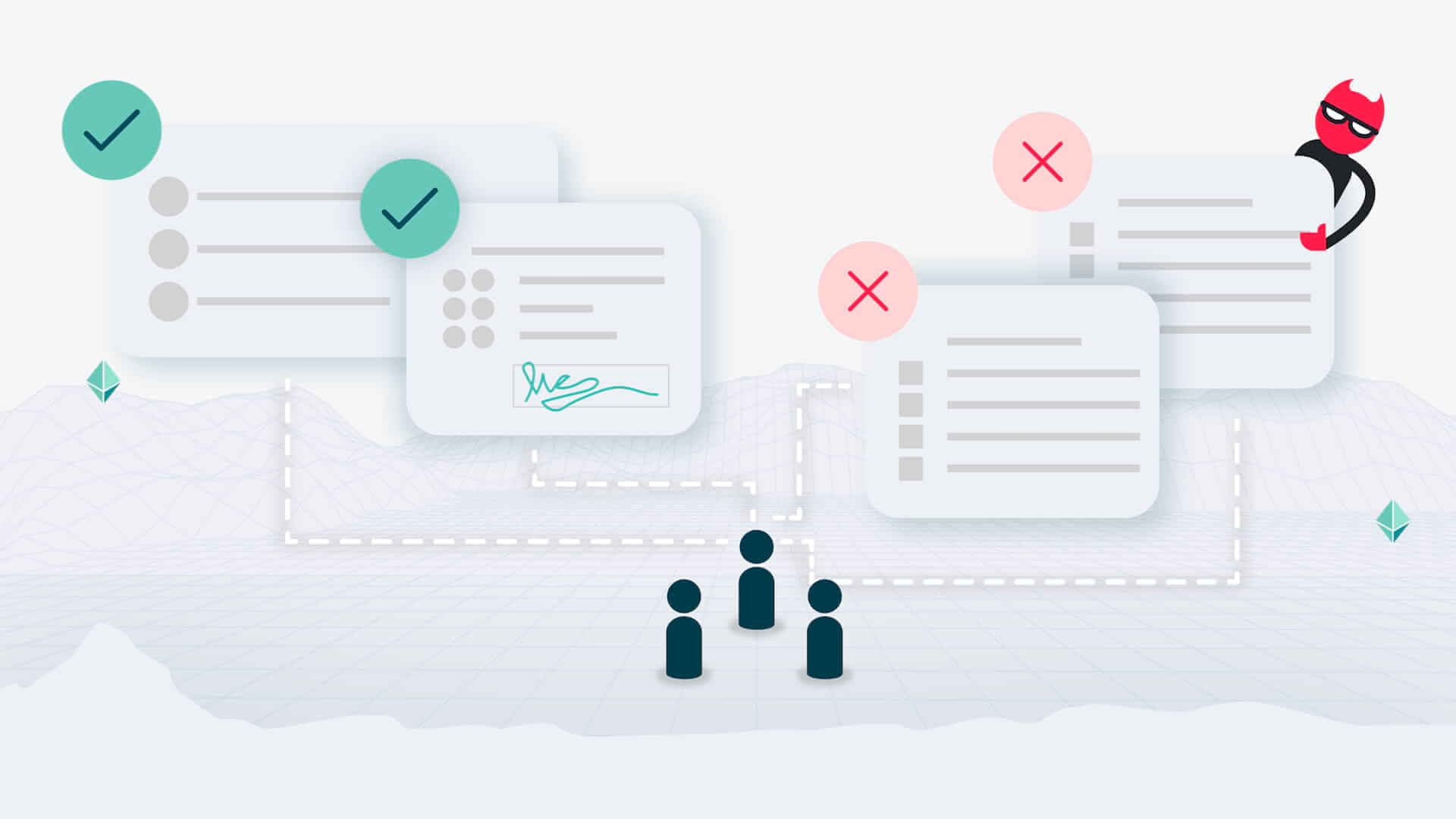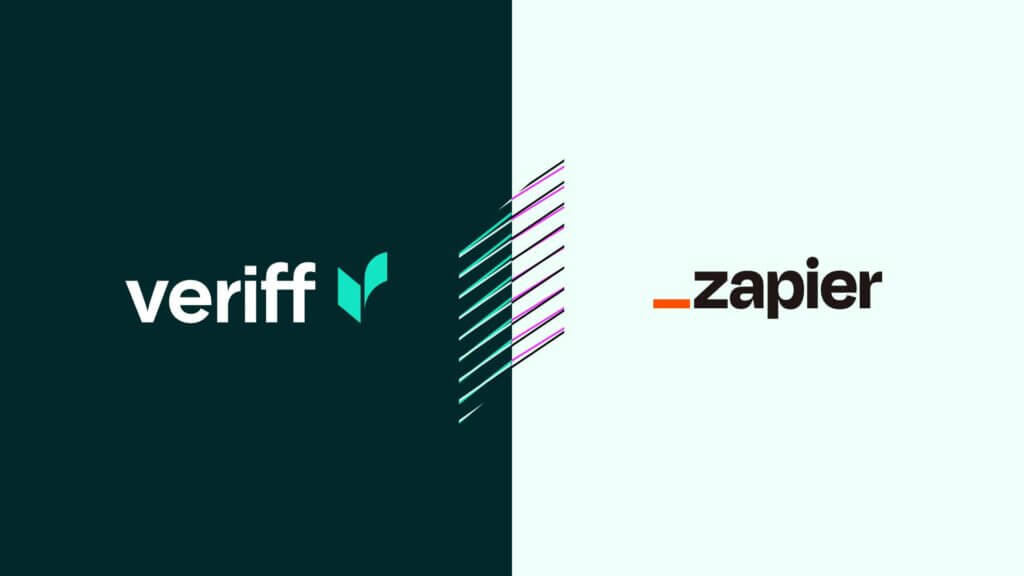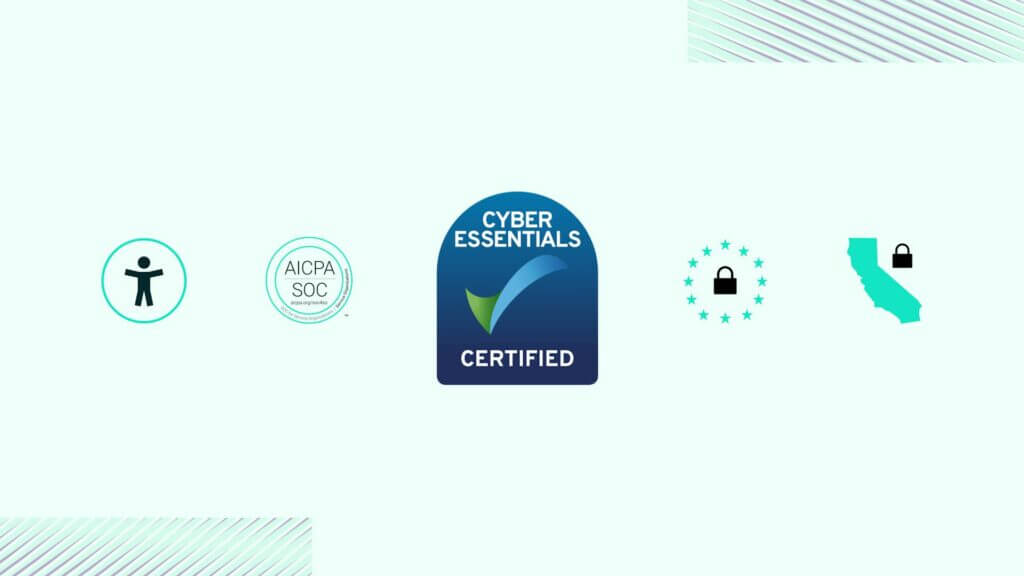Blog Post
What are anti-money laundering regulations (AML)?
AML regulations make it much harder for criminals to hide profits they’ve generated from criminal activities. Discover how the legislation has been amended, the rules that businesses need to follow, and the types of businesses that the regulations cover.

Anti-money laundering regulations (AML) are laws and procedures that aim to uncover efforts to disguise illicit funds as legitimate income. As a result, AML regulations make it much harder for criminals to hide profits they’ve generated from criminal activities.
In this blog, we’ll take a detailed look at AML regulations. We’ll cover the regulations that currently apply in the US, how these policies have changed and developed over time, and who is responsible for enforcing AML regulations.
What is the BSA (Bank Secrecy Act)?
The Bank Secrecy Act (which is otherwise known as the Currency and Foreign Transaction Reporting Act), is a piece of US legislation. It was created in 1970 and aims to prevent financial institutions from being used as tools by criminals to hide or launder their ill-gotten gains.
Overall, the BSA:
- Established requirements for recordkeeping and reporting by private individuals, banks, and other financial institutions
- Was designed to help identify the source, volume, and movement of currency and other monetary instruments
- Requires banks to report cash transactions over $10,000, properly identify people conducting transactions, and keep appropriate records of financial transactions
BSA reporting requirements
Under the Bank Secrecy Act, financial institutions are required to assist US government agencies in detecting and preventing money laundering. They must:
- Keep records of cash purchases of negotiable instruments
- File reports of cash transactions exceeding $10,000 (daily aggregate amount)
- Report suspicious activity that might signal criminal activity (e.g. money laundering or tax evasion)
One of the key requirements of the BSA is that financial institutions must report cash currency transactions exceeding $10,000. This applies regardless of whether the money was moved in one transaction or several cash transactions in a short span of time. These currency transaction reports (CTRs) are filed electronically with the Financial Crimes Enforcement Network (FinCEN).
In addition to this, suspicious activity reports (SARs) must be filed for any cash transactions where the customer appears to be trying to avoid BSA reporting requirements.
Let’s take a look at the reporting and record keeping obligations of financial institutions in greater detail:
Currency transaction reports
The BSA states that a currency transactions report must be filed when a cash transaction exceeds $10,000 in value. This requirement concerns only the physical exchange of money (cash and paper) between persons.
Form 8300
In addition to this, certain regulated entities must also submit Form 8300 when they receive more than $10,000 in cash in a single transaction, or in multiple related transactions within 24 hours.
Businesses that need to submit Form 8300 include art galleries, car dealerships, and insurance firms.
Suspicious activity reports
Transactions that involve suspected BSA violations, or terrorist financing activities, and which aggregate more than $5,000, must be detailed in a suspicious activity report.
If the transaction is for less than the $5,000 threshold, then a suspicious activity report can still be filed – but this is voluntary.
Foreign bank and financial account report
This is an annual filing requirement for individuals holding accounts with foreign banks that contain at least $10,000. The foreign bank and financial account report is usually filed by the account holder, but financial professionals can file on behalf of a client if they register to do so.
Record keeping
In addition to Bank Secrecy Act filing requirements, financial institutions must keep detailed records of suspicious activities.
Institutions must maintain a log of purchases of monetary instruments of between $3,000 and $10,000. In doing this, the log must record and verify the identities of purchasers, and aggregate the value of their transactions.
Institutions of primary laundering concerns
Section 311 of the USA PATRIOT Act allows the Treasury to find that a foreign jurisdiction, institution, class of transaction, or type of account is of ‘primary money laundering concern’.
If the Treasury takes this step, then domestic financial institutions must take certain ‘special measures’ against it. The first four special measures impose information gathering, reporting, and recordkeeping requirements on financial institutions that deal either directly or indirectly with the designated jurisdiction or entity. Under special measure five, a financial institution may be prohibited from opening or maintaining a correspondent account or a payable-through account.
The Financial Crimes Enforcement Network (FinCEN) has either currently designated or previously designated each of the following as a primary money laundering concern and has imposed, proposed imposing, or recently rescinded special measures:
- ABLV Bank
- Asia Wealth Bank
- Banca Privada d’Andorra
- Banco Delta Asia
- Bank of Dandong
- Burma
- Commercial Bank of Syria (Includes Syrian Lebanese Commercial Bank)
- Democratic People’s Republic of Korea
- FBME Bank Ltd.
- First Merchant Bank OSH Ltd.
- First Merchant Finance Ltd.
- First Merchant International Inc.
- First Merchant Trust Ltd.
- FMB Finance Ltd.
- Halawi Exchange Co.
- Infobank (Includes Belmetalnergo); renamed Trustbank
- Islamic Republic of Iran
- JSC CredexBank
- Kassem Rmeiti & Co. For Exchange
- Liberty Reserve S.A
- Lebanese Canadian Bank SAL
- Multibanka
- Myanmar Mayflower Bank
- Nauru
- Ukraine
- VEF Banka
If you’re a financial institution, then you should monitor FinCEN’s 311 Special Measures website, or subscribe for updates. This way, you can monitor the status of any current findings or special measures that are not listed here.
When did AML regulations come into practice?
As we mentioned before, the Bank Secrecy Act (BSA) came into force in 1970. Since then, the Financial Crimes Enforcement network (FinCEN) has carried out its mission to ‘safeguard the financial system from the abuses of financial crime, including terrorist financing, money laundering, and other illicit activity’.
Since the BSA was established, it has become one of the most important tools in the fight against money laundering. However, since then, numerous other laws have enhanced and amended the BSA to provide law enforcement and regulatory agencies with the most effective tools to combat money laundering. Let’s take a look at each of these in greater detail:
Money Laundering Control Act (1986)
- Established money laundering as a federal crime
- Prohibited structuring transactions to evade currency transaction report filings
- Introduced civil and criminal forfeiture for Bank Secrecy Act violations
- Directed banks to establish and maintain procedures to ensure and monitor compliance with the reporting and recordkeeping requirements of the Bank Secrecy Act
Anti-Drug Abuse Act (1988)
- Expanded the definition of ‘financial institution’ to include businesses such as car dealers and real estate closing personnel and required them to file reports on large currency transactions
- Required the identity of purchasers of monetary instruments worth over $3,000 to be verified
Annunzio-Wylie Anti-Money Laundering Act (1992)
- Strengthened the sanctions for Bank Secrecy Act violations
- Required entities to submit suspicious activity reports and eliminated previously used criminal referral forms
- Required verification and recordkeeping for wire transfers
- Established the Bank Secrecy Act Advisory Group (BSAAG)
Money Laundering Suppression Act (1994)
- Required banking agencies to review and enhance training and develop anti-money laundering examination procedures
- Required banking agencies to review and enhance procedures for referring cases to appropriate law enforcement agencies
- Required each Money Services Business (MSB) to be registered by an owner or controlling person of the MSB
- Required every MSB to maintain a list of businesses authorized to act as agents in connection with the financial services offered by the MSB
- Made operating an unregistered MSB a federal crime
Money Laundering and Financial Crimes Strategy Act (1998)
- Required banking agencies to develop anti-money laundering training for examiners
- Required the Department of the Treasury and other agencies to develop a National Money Laundering Strategy
- Created the High Intensity Money Laundering and Related Financial Crime Area (HIFCA) Task Forces to concentrate law enforcement efforts at the federal, state, and local levels in zones where money laundering is prevalent
USA PATRIOT Act (2001)
- Criminalized the financing of terrorism and augmented the existing Bank Secrecy Act framework by strengthening customer identification procedures
- Prohibited financial institutions from engaging in business with foreign shell banks
- Required financial institutions to have due diligence procedures (and enhanced due diligence procedures for foreign correspondent and private banking accounts)
- Improved information sharing between financial institutions and the US government by requiring government-institution information sharing and voluntary information sharing among financial institutions
- Expanded the anti-money laundering program requirements to all financial institutions
- Increased civil and criminal penalties for money laundering
- Provided the Secretary of the Treasury with the authority to impose special measures on jurisdictions, institutions, or transactions that are of ‘primary money laundering concern’
- Facilitated records access and required banks to respond to regulatory requests for information within 120 hours
- Required federal banking agencies to consider a bank’s AML record when reviewing bank mergers, acquisitions, and other applications for business combinations
Intelligence Reform and Terrorism Prevention Act (2004)
- Amended the Bank Secrecy Act to require the Secretary of the Treasury to prescribe regulations requiring certain financial institutions to report cross-border electronic transmittals of funds, if the Secretary determines that such reporting is ‘reasonably necessary’ to aid in the fight against money laundering and terrorist financing
Anti-Money Laundering Act (2020)
- Placed a variety of new anti-money laundering obligations on banks and other financial institutions
- Introduced beneficial ownership information reporting requirements for companies formed or operating in the US
- Created new penalties for existing violations of the Bank Secrecy Act
- Broadened the Bank Secrecy Act definition of financial institution to cover businesses that exchange or transmit cryptocurrency
- Changed and extended the whistleblower awards and protections
- Introduced two new criminal offenses:
“Own proceeds” or “self-laundering”, where the defendant in a money laundering case may also be the author of the predicate crime; or - Laundering by a person or persons other than the author of the predicate offence.
Who is subject to AML regulations?
The Bank Secrecy Act applies to:
- Domestic financial institutions
- US branches of foreign financial institutions operating within the US
- Financial institutions operating exclusively outside the US if their transactions are processed through a US financial institution, or if US sanctions affect the financial institutions or the countries in which they operate
- ‘US person(s)’. This term is defined as ‘an individual, a corporation, a partnership, a trust or estate, a joint stock company, an association, a syndicate, joint venture, or other unincorporated organization or group, an Indian Tribe (as that term is defined in the Indian Gaming Regulatory Act), and all entities cognizable as legal personalities.’
Please be aware that a foreign subsidiary or branch of a US financial institution must also comply with the AML regulations of the jurisdictions where it operates.
It must also be noted that the Money Laundering Control Act’s (MLCA) money laundering provisions apply to all US persons and foreign persons when the conduct occurs in whole or in part in the US and when the transaction involves property in which the US has an interest pursuant to a forfeiture order; or when the foreign person is a financial institution with a US bank account.
The MLCA’s criminal spending provision applies to US persons and foreign persons when the offense takes place in the US or a special maritime or territorial US jurisdiction.
Who enforces AML regulations?
In the US, there are two primary AML regulatory agencies. They are:
- The Financial Crimes Enforcement Network (FinCEN)
- The Office of Foreign Assets Control
FinCEN is the primary AML regulator and operates under the Treasury Department. It is responsible for combating money laundering, the financing of terrorism, and financial crime.
The Office of Foreign Assets Control (OFAC) administers US economic and trade sanctions and works to prevent sanctions-targeted countries and individuals from perpetrating financial crimes.
However, in addition to federal laws, it’s also worth pointing out that many states also have their own AML regulations that define the penalties for AML violations.
In addition to this, the US is also a member of the Financial Action Task Force (FATF), which is an intergovernmental organization that aims to develop policies that will combat money laundering. Due to this, the US follows FATF standards to ensure that the global response to money laundering remains coordinated.
Book a consultation with Veriff
Here at Veriff, we understand the importance of adhering to AML regulations. If you’d like help fulfilling your requirements, then enlist the help of our AML and KYC compliance solution. By deploying our identity verification platform alongside PEP and sanctions checks, adverse media screening, and ongoing monitoring, you can fight financial crime.
To discover more about how we can help you, talk to us today. Alternatively, take a look at our pricing plans to see how much our identity verification and AML solutions could cost you.














